Introduction
In the vast realm of culinary delights and nutritional wonders, Tremella fuciformis, commonly known as white jelly mushroom or silver ear mushroom, holds a unique place. This delicate, translucent fungus has been cherished in traditional Chinese medicine and cuisine for centuries due to its myriad health benefits and versatile culinary uses. Often found dried and ready for soaking, Tremella fuciformis undergoes a transformation when hydrated, revealing its gelatinous texture and subtle sweetness. However, the question arises: once soaked, can Tremella fuciformis be consumed directly, or does it require further preparation? This article delves into the intricacies of Tremella fuciformis, exploring its nutritional profile, preparation methods, safety considerations, and cultural significance, ultimately answering the question at hand.
Nutritional Profile of Tremella Fuciformis

Before diving into the preparation and consumption of Tremella fuciformis, it’s essential to understand its nutritional profile. This edible mushroom boasts an impressive array of nutrients that contribute to overall health and well-being. Rich in polysaccharides, particularly a type called tremellan, Tremella fuciformis is known for its immune-boosting properties. Polysaccharides have been shown to enhance the body’s immune response by stimulating the production of cytokines and other immune cells.
Moreover, Tremella fuciformis is a low-calorie food, making it an excellent choice for those seeking to manage their weight or follow a calorie-restricted diet. It’s also a good source of dietary fiber, which aids in digestion and promotes regular bowel movements. Additionally, Tremella fuciformis contains essential vitamins and minerals such as vitamin D, calcium, potassium, and magnesium, all of which play crucial roles in maintaining bodily functions.
Preparation Methods for Tremella Fuciformis
The journey from dried Tremella fuciformis to a ready-to-eat dish involves several steps, each critical to ensuring safety and enhancing flavor. Here’s a detailed look at the preparation process:
-
Soaking: The first step in preparing Tremella fuciformis is soaking it in water. Dried Tremella fuciformis is compact and hard, requiring sufficient time to soften and expand. Generally, soaking in cold water for about 2-4 hours or in hot water for a shorter duration (around 30 minutes to an hour) is recommended. Soaking not only hydrates the mushroom but also helps remove any impurities or dirt that may be present.
-
Cleaning: Once soaked, Tremella fuciformis should be gently rinsed under running water. It’s important to handle the mushroom delicately to avoid tearing its fragile structure. Proper cleaning ensures that any residual dirt or debris is removed, making the final dish more appealing and safe to consume.
-
Cooking: While some individuals may be tempted to eat Tremella fuciformis directly after soaking, it’s generally advisable to cook it. Cooking Tremella fuciformis not only enhances its flavor but also ensures that it’s fully hydrated and tender. It can be cooked in various ways, including boiling, steaming, or stir-frying. When boiled, Tremella fuciformis releases its gelatinous texture, creating a silky, smooth broth that’s often used in soups and desserts.
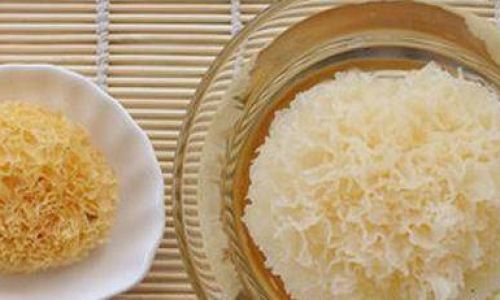
-
Flavoring: To elevate the taste of Tremella fuciformis, it can be seasoned with various ingredients such as salt, sugar, herbs, and spices. In traditional Chinese cuisine, Tremella fuciformis is often paired with red dates, lotus seeds, and other ingredients to create nourishing desserts and soups.
Safety Considerations
The question of whether soaked Tremella fuciformis can be consumed directly hinges largely on safety concerns. While theoretically, soaking alone might seem sufficient to make the mushroom edible, several factors must be considered:
-
Microbial Contamination: Dried Tremella fuciformis, like any dried food product, can harbor bacteria, molds, or other microorganisms. Soaking helps to reduce the microbial load, but it may not completely eliminate all contaminants. Cooking at a sufficient temperature for an appropriate duration is crucial to ensure microbial safety.
-
Digestibility: Raw Tremella fuciformis, even after soaking, may be tough and difficult to digest. Cooking breaks down the mushroom’s cell walls, making it more tender and easier to digest.
-
Allergies and Sensitivities: Some individuals may be allergic to Tremella fuciformis or other mushrooms. While soaking doesn’t alter the allergenicity of the mushroom, cooking can sometimes reduce the severity of allergic reactions. However, individuals with known allergies should avoid Tremella fuciformis altogether.
-
Chemical Residues: If Tremella fuciformis was treated with pesticides or other chemicals during cultivation, soaking may help remove some surface residues. However, cooking is more effective in breaking down and neutralizing potential chemical contaminants.
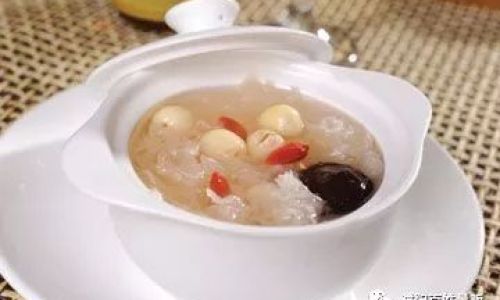
Given these considerations, it’s generally recommended to cook Tremella fuciformis after soaking to ensure its safety and digestibility.
Cultural Significance and Culinary Uses
Tremella fuciformis holds a special place in many cultures, particularly in Asia, where it’s revered for its medicinal and culinary properties. In traditional Chinese medicine, Tremella fuciformis is believed to nourish the lungs and stomach, moisturize the skin, and promote longevity. It’s often included in herbal formulas and dietary supplements aimed at improving overall health.
Culinary uses of Tremella fuciformis are equally diverse. In China, it’s a staple ingredient in desserts like Tremella Soup and Tremella Porridge, which are enjoyed for their sweet, delicate flavor and nourishing properties. It’s also used in savory dishes, such as Tremella and Chicken Soup, where its gelatinous texture adds a unique mouthfeel to the broth.
In other Asian countries, Tremella fuciformis is gaining popularity as a health food, often incorporated into smoothies, salads, and other modern dishes. Its neutral taste and ability to absorb flavors make it a versatile ingredient in both traditional and contemporary cuisine.
Modern Research and Applications
Recent scientific research has further validated the health benefits of Tremella fuciformis. Studies have shown that its polysaccharides exhibit antioxidant, anti-inflammatory, and antitumor activities. These findings have sparked interest in developing Tremella fuciformis-based functional foods and nutraceuticals aimed at preventing and managing chronic diseases.
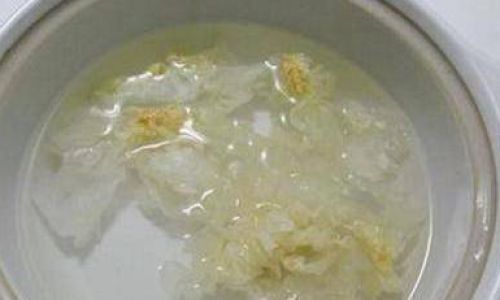
Moreover, Tremella fuciformis’s unique texture and ability to form a stable gel have made it a valuable ingredient in the cosmetics industry. Its gel can be used as a natural thickener, emulsifier, and moisturizer in skincare products, contributing to smoother, more hydrated skin.
Conclusion
In conclusion, while soaked Tremella fuciformis might technically be consumable, it’s generally advisable to cook it before eating to ensure safety, digestibility, and optimal flavor. This delicate mushroom, with its rich nutritional profile and diverse culinary uses, offers a myriad of health benefits and culinary delights. From traditional medicinal preparations to modern functional foods, Tremella fuciformis continues to captivate the hearts and minds of food enthusiasts and health-conscious individuals alike.
As we continue to explore the wonders of nature’s bounty, Tremella fuciformis stands as a testament to the profound impact that simple, yet powerful, ingredients can have on our lives. By understanding its preparation, safety, and cultural significance, we can fully appreciate and harness the benefits of this remarkable mushroom, making it a cherished part of our diets and lifestyles.
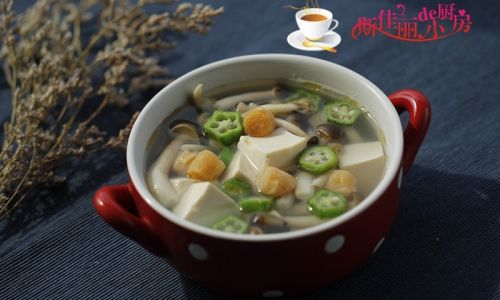
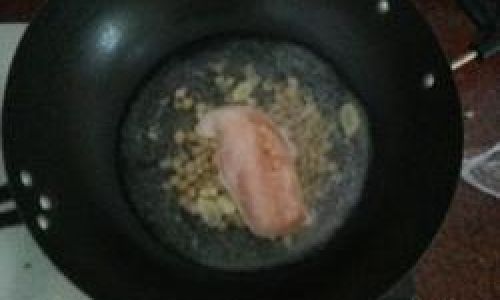
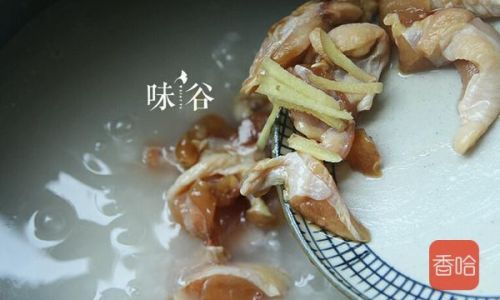
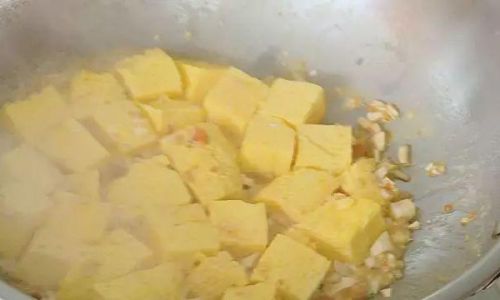
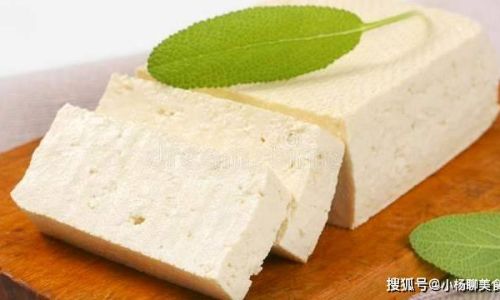
0 comments